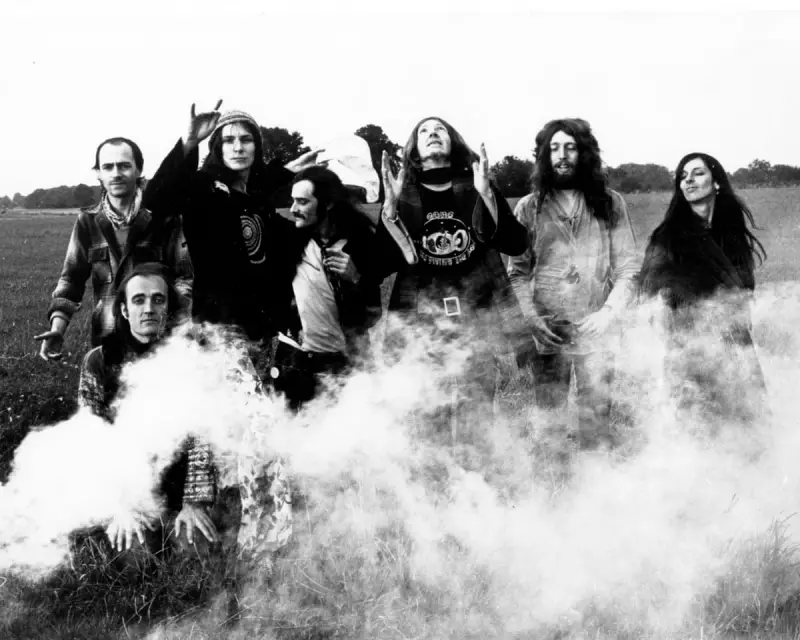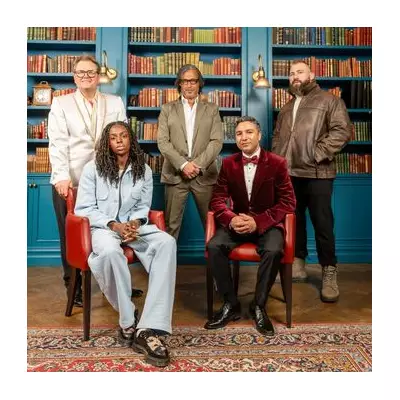
In the turbulent year of 1968, while the world watched Parisian students clash with police on the cobblestone streets, a different kind of revolution was brewing in the shadows of France's music scene. This was a cultural uprising so radical, so bizarre, that it would be largely erased from history books until now.
The Sound of Rebellion
Amid the tear gas and protest chants, a handful of visionary French musicians were creating what might be the most extraordinary rock movement you've never heard of. These weren't your typical garage bands—they were sonic revolutionaries who took their performances to the most unlikely venues imaginable.
Imagine walking into a psychiatric hospital to find a full-blown rock concert underway. This wasn't a metaphor for the era's madness, but actual practice for bands like Red Noise and Etron Fou Leloublan, who saw these institutions as sanctuaries of pure creative freedom.
Inventing New Worlds Through Sound
The movement's radicalism extended far beyond unusual venues. These artists were literally inventing new languages through their music, creating lyrical systems that defied conventional French and English rock traditions. They weren't just writing songs—they were constructing entirely new modes of expression.
This was rock music as linguistic rebellion, where the very words became instruments of liberation from cultural norms. The scene developed its own secret codes and musical dialects, creating an underground network that operated completely outside the mainstream music industry.
Why History Forgot France's Musical Revolutionaries
Several factors conspired to bury this extraordinary chapter in music history. The sheer intensity of the political upheaval in 1968 meant that cultural movements often took a backseat to street battles and political manifestos. Additionally, the scene's deliberate obscurity and rejection of commercial success meant few recordings survived.
Those who witnessed these performances describe them as "like nothing that came before or since"—a perfect storm of musical innovation, political fervour, and artistic daring that burned brightly but briefly.
The Legacy Lives On
Today, music historians and cultural archaeologists are finally piecing together the full story of this lost revolution. While the bands may have faded into obscurity, their spirit of absolute creative freedom continues to inspire musicians who push against boundaries.
This forgotten chapter serves as a powerful reminder that the most revolutionary art often happens not in famous concert halls, but in the margins—in psychiatric wards, invented languages, and the wild imagination of artists unafraid to reinvent everything.





